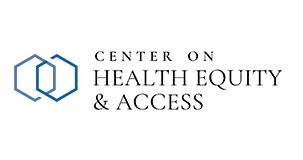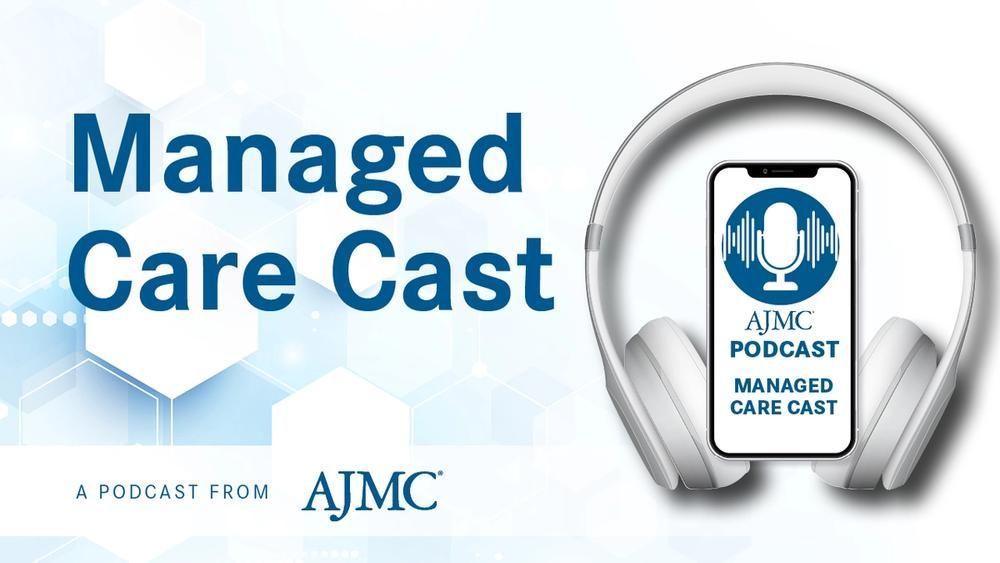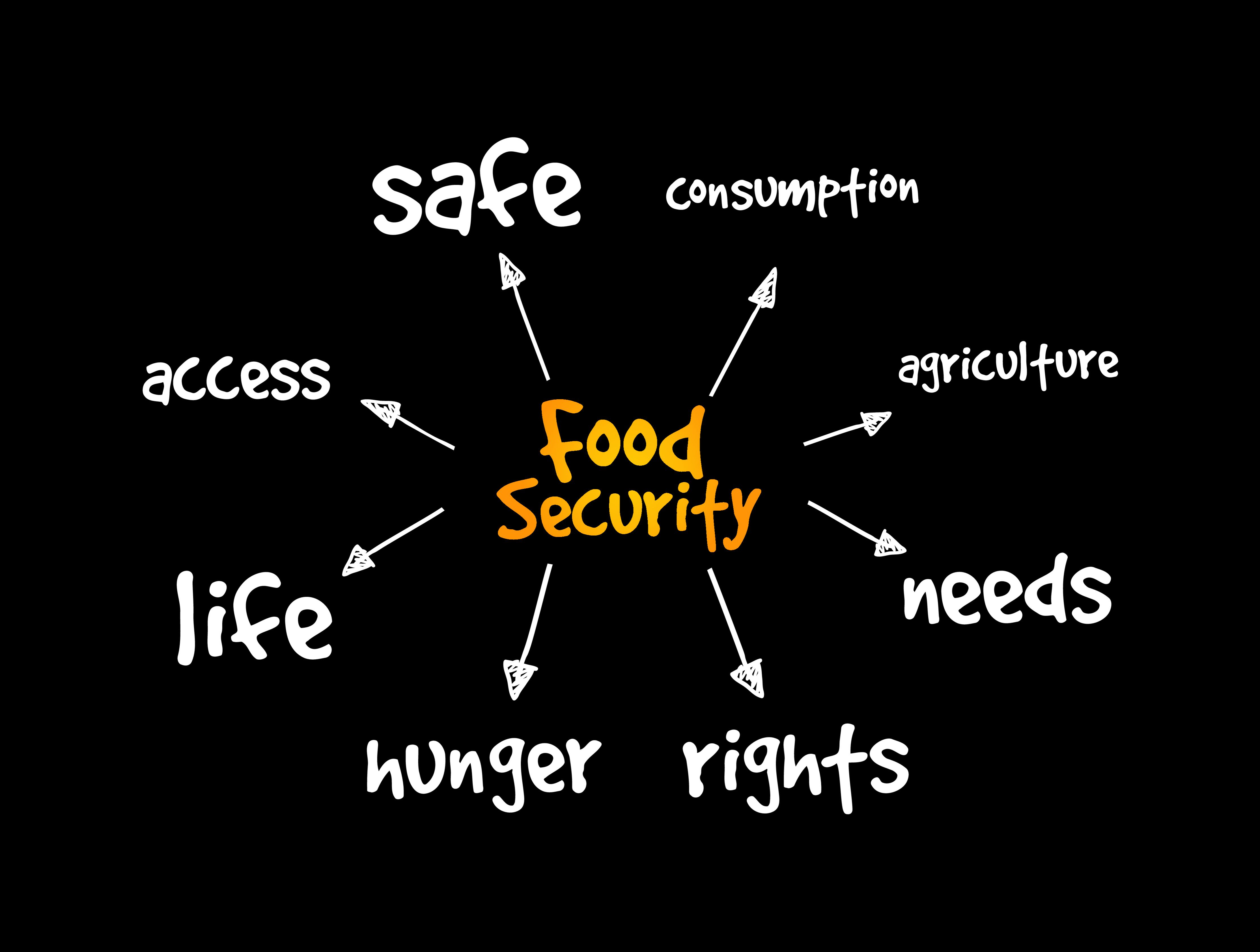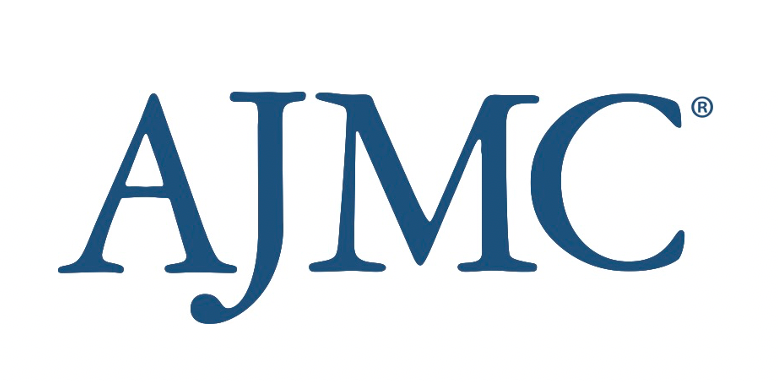News
Article
Americans Claim Health Care Access Is Top Priority in Public Health
Author(s):
Key Takeaways
- Health care access and cost, food and water safety, and chronic disease reduction are top priorities for Americans.
- Survey results showed priority differences based on race, income, and political affiliation, with higher-income individuals prioritizing health care access.
Access and affordability are among the top priorities in health care for Americans who participated in the survey.
A new survey conducted by Gallup and Rollins School of Public Health at Emory University emphasized the biggest priorities for Americans when thinking about health care.1 The survey also asked Americans whether they believed the government could address their concerns and what sources they trusted for health information.
Climate change, the cost of health care, and chronic diseases are all major issues that Americans face when thinking about their health care. Polling American residents on what the biggest problems are is an effective way of narrowing the issues to those that plague citizens the most. Bipartisan priorities for health care could be useful as the new administration begins.
According to the survey results,2 this survey was self-administered to members of Gallup’s probability-based panel. The survey was done through web interviews in adults 18 years and older who were living in the US. There were 2121 adults included in the overall cohort. All samples were weighted to match the national demographics when it came to age, gender, race, region, and education. The sampling error was ±3 percentage points.
Health care access and cost was the top priority for Americans when discussing public health issues in the country | Image credit: Chinnapong - stock.adobe.com

The participants of the study ranked health care access and cost as their highest priority in the future. About 25% of the participants ranked it as their first priority and 52% ranked it as first, second, or third out of 15 potential spots. Safety of food and water was the second most selected priority, with 18% of the participants ranking it as their highest priority and 37% ranking the priority in their top 3. The third most-frequent priority was reducing chronic diseases, which was chosen in the top 3 by 32% of the participants and as the highest in 11%.
Other priorities that were among the top 3 priorities for 20% or more of the participants included strengthening the safety-net programs within the health system, addressing the opioid and drug overdose epidemic, and ensuring mental health care access. Preventing childhood deaths from gun violence and reducing childhood hunger rounded out the top 8 public health priorities for the polled Americans.
There were slight differences in priority based on race, income, and political leaning. Participants who had an annual household income of $90,000 or more were more likely to rate health care access as their highest priority compared with those who had a household income of less than $48,000 (29% vs 19%). Non-Hispanic Black participants were less likely to rate health care access as their highest priority when compared with non-Hispanic White and Hispanic Americans (17% vs 26% and 29%, respectively).
Republicans and Republican leaners were also more likely to rate safety of food and water as their highest priority, with 24% citing this as their highest priority. Improving health care access and cost (19%) and reducing chronic disease (16%) rounded out the top 3 most important issues among Republicans and those who lean Republican. Those who identified as Democrat or leaned Democrat were more likely to rate improving health care access and cost as their top priority, with 32% of these respondents rating that as their top priority. Safety of food and water (13%) and strengthening safety net programs (12%) were also important in this subgroup.
Mental health care, the opioid and drug overdose crisis, reducing childhood hunger, and childhood deaths from gun violence were chosen by 17% to 21% of the participants as 1 of the top 3 health priorities. Improving health in rural communities, the loneliness epidemic, and health effects of climate change were the least frequently chosen priorities in the top 3, with only 5% to 7% of participants ranking it among their top 3.
Most of the participants who placed a priority in their top 3 also thought that the federal government would be the best suited to address it, including for emerging infectious diseases and future pandemics (91%), addressing the health effects of climate change (84%), strengthening safety-net programs (82%), and health care access and affordability (75%). However, the sample sizes for these varied, as the same numbers of people did not put these different priorities in their top 3.
The participants also perceived that the US has lost ground on various priorities, including healthy diets and lifestyles (47%), mental health (50%), and the opioid epidemic (54%). Americans listed their health care providers (54%), the CDC (37%), and scientific research (42%) as their top 3 trusted resources for health information, with those 65 years and older trusting their health care provider more often compared with those aged 18 to 29 years (69% vs 44%). Those with a postgraduate degree were more likely to trust scientific research compared with those with a high school education or less.
These results paint a picture of how the American public views health care in the country, with most of the participants singling out health care access and cost as the number 1 priority moving forward. Collecting information on what patients value most in their health care can help lawmakers and policy makers prioritize areas that need improvement in the health care system.
References
- Gallup, Rollins survey reveals Americans’ public health priorities, trust. News release. Emory University. February 4, 2025. Accessed February 6, 2025. https://sph.emory.edu/news/news-release/2025/02/public-health-priorities-trust.html
- Public health priorities and the pathway forward: Americans’ views on public health priorities, progress, and trust in sources of information. Gallup. February 4, 2025. Accessed February 6, 2025. https://sph.emory.edu/news/_includes/documents/Rollins_PublicHealthPriorities_Survey.pdf




